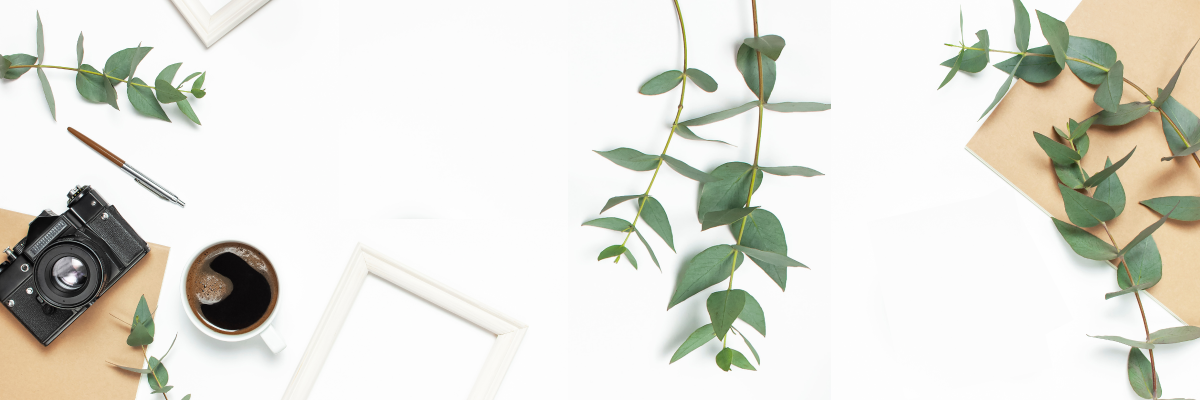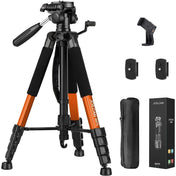Photography is more than just pointing and clicking a camera; it’s an art that requires a keen eye for composition. Whether you’re using a professional DSLR or a smartphone camera, understanding the fundamentals of photo composition can dramatically improve your images. One essential component in this journey toward mastery is utilizing tools like a portable tripod for travel to capture breathtaking shots.
Understanding Composition in Photography
Composition in photography refers to the arrangement of elements within your frame. It is a critical aspect that can make or break your images. Learning the principles of composition can help guide viewers’ eyes and evoke emotional responses. Here are some foundational principles of composition:
1. Rule of Thirds
One of the most well-known rules of composition is the Rule of Thirds. Imagine dividing your image into a grid of nine equal parts by two horizontal lines and two vertical lines. The basic idea is to place your subjects or focal points along these lines or at their intersections. This technique creates balance and encourages viewers to engage with different areas of the photograph.
2. Leading Lines
Leading lines direct the viewer’s eye through the frame and towards the main subject. These lines can be created using roads, rivers, fences, or other natural elements in your environment. Utilizing a portable tripod for travel can help you position your camera perfectly to capture these enticing lines in their full glory.
3. Framing
Framing involves using elements within your scene to create a 'frame' around your subject. This can increase focus and draw the viewer’s eye to the core of the image. Natural frames might include tree branches or cave openings. Remember, a sturdy portable tripod for travel can support your camera while you find the perfect angle to create the best frame.
4. Symmetry and Patterns
Symmetry and repeating patterns inherently attract human attention. Photographs that display symmetry or an interesting pattern can mesmerize audiences. Even in nature, you can often find patterns like the petals of flowers or the arrangement of leaves. A portable tripod for travel can help you achieve stable shots, ensuring your symmetrical images remain sharp and clear.
Advanced Composition Techniques
Once you are familiar with the basic principles of composition, it’s time to explore advanced techniques that can elevate your photography to new levels.
1. Depth of Field
Manipulating the depth of field can add dimension to your images. A shallow depth of field helps isolate your subject from the background. On the other hand, a deep depth of field keeps everything in focus. Learning how to adjust your aperture settings is crucial here, along with using a portable tripod for travel to stabilize your camera for longer exposure times in low-light conditions.
2. The Golden Ratio
The Golden Ratio is a mathematical ratio often found in nature and aesthetics. You can apply a variation of this principle by using a spiral composition, sweeping the viewer into the frame. Understanding this concept allows for more complex and visually satisfying images, especially when combined with a portable tripod for travel for enhanced stability.
3. Negative Space
Negative space refers to the empty areas around your subject. It can create a striking contrast and help draw attention to your focal point. This technique is especially effective in minimalist photography. Finding the right balance can require practice, but with a portable tripod for travel, you'll have support as you experiment with framing your subject against the backdrop.
Lighting and Composition
The interplay between light and composition is crucial in photography. The right light can dramatically alter the perception of your image. Here are some tips on how to use light effectively in conjunction with strong compositional techniques:
1. Golden Hour
The golden hour, just after sunrise and before sunset, offers warm, soft light that can enhance your shots. This is the perfect time to apply the composition techniques mentioned earlier. When traveling, a portable tripod for travel allows for easy setup during this fleeting time to capture stunning landscapes or portraits.
2. Contrast
Using contrast—light against dark, color against monochrome—can heighten interest and drama in your photographs. Think about how shadows shape the composition and add depth to your images. A tripod allows you to explore varied exposure times, letting the contrast emerge beautifully without motion blur.
Practice Makes Perfect
Becoming adept at composition takes time and practice. Here are some tips on how to enhance your skills:
- Regularly Review Your Work: Analyze your photographs to identify what you excel at and areas where you can improve.
- Experiment: Try new techniques, break the rules occasionally, and see what resonates with you.
- Shoot in Different Conditions: Practice in various lighting conditions and settings to understand how they affect composition.
Staying Inspired
Inspiration can come from anywhere. Follow photographers whose work you admire, explore nature, or even visit art galleries. Document your experiences and feelings through photography, and embrace what makes your perspective unique.
Incorporate a Portable Tripod for Travel
While learning composition techniques, it’s essential to have the right tools to execute your vision. A portable tripod for travel is invaluable. It helps maintain stability, enables long exposure shots during tricky lighting conditions, and allows for creative angles that may be too challenging to achieve by hand. Having this reliable support can boost your confidence, allowing you to focus entirely on the composition of your shot.
Share the Love of Photography
As you continue to grow and develop your photography skills, don’t forget to share your knowledge and passion with others. Engage with fellow photography enthusiasts, join workshops, and give back to the community. Teach others what you've learned about composition, and who knows? You might inspire the next great photographer!
In the end, the art of composition in photography is a blend of creativity, practice, and the right tools. Good composition can evoke emotions, tell stories, and captivate your audience. Embrace the journey of creativity, and don’t forget to pack your portable tripod for travel on your next photo adventure! Let your images speak volumes about your unique view of the world.











